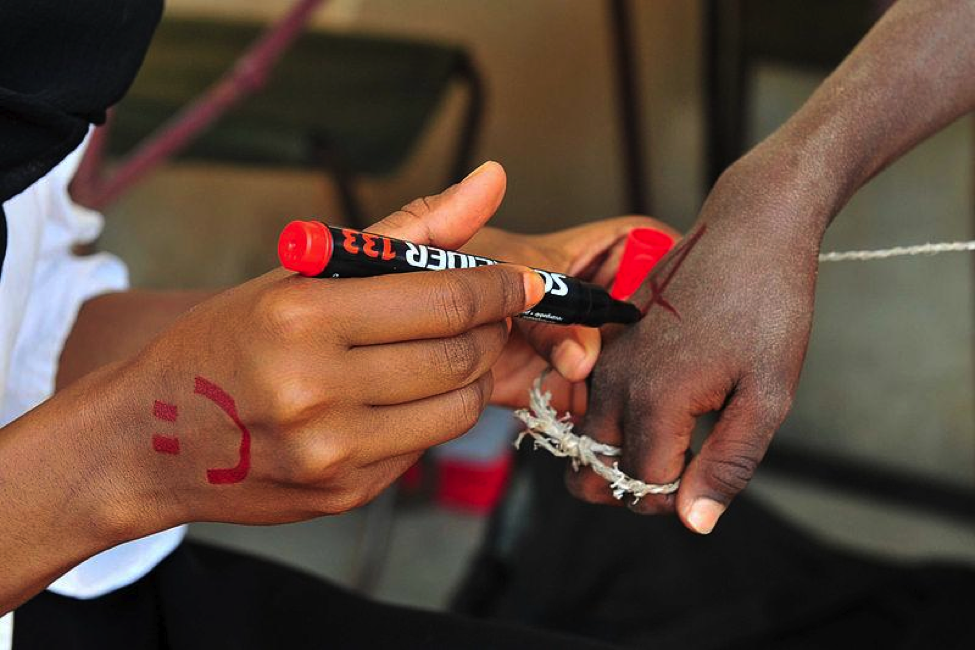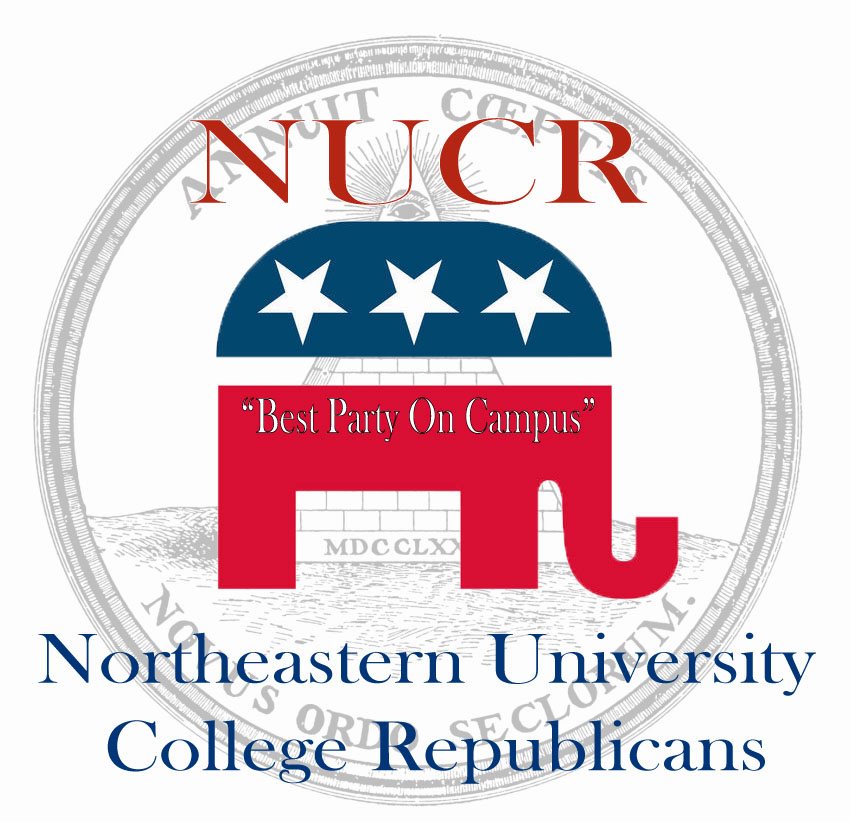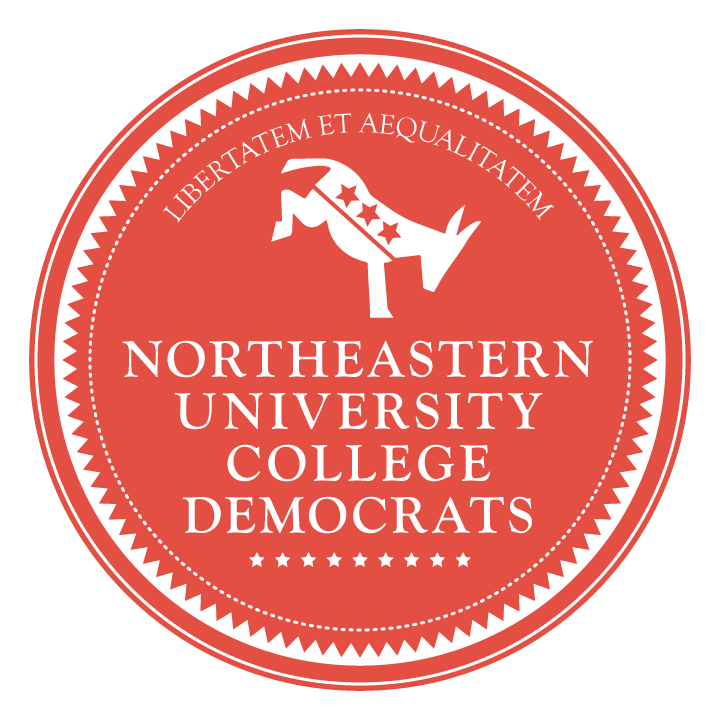
END7 at NU is a budding student group at Northeastern that is in the process of becoming official. END7 at NU is a chapter of the larger nonprofit, END7, which is working to eliminate seven neglected tropical diseases (NTDs) by the year 2020. One in six people in the world are living with NTDs, which are different kinds of parasitic or bacterial diseases infecting their bodies. The effect is detrimental at best — deadly at worst — and perpetuates the poverty cycle in developing countries; children are prevented from attending schools and adults are prevented from working. The disabilities associated with NTDs are stigmatized within many rural communities and isolate those with poor health. Using mass drug administration techniques, the end of NTDs can be achieved. One packet of pills each year treats and protects children and adults from all seven NTDs. The medicine is donated by large pharmaceutical companies, and it costs only 50 cents per packet to distribute. Less than a dollar can protect a child from debilitating diseases for one year. END7 is working to increase awareness of NTDs in the developed world, raise funds to administer the drugs, and encourage the leaders of the world to take a stand against this injustice. If we all join in the fight, “Together we can see the end.”
If you want to help or get involved, visit: http://www.end7.org/support
Schistosomiasis, also known as snail fever or bilharzia, is a debilitating infectious disease caused by parasitic worms carried by snails[1]. While it is unheard of by most people in the United States, the disease is a major health problem in rural populations of Africa. According to the World Health Organization (WHO), 90 percent of the people requiring treatment for schistosomiasis live in Africa [1]. The number of people needing preventative treatment for schistosomiasis in 2012 was 249 million, and the number of people treated for schistosomiasis in 2012 was 42.1 million [1].
Schistosomiasis is spread through the contamination of fresh water with the parasites’ eggs [1]. There are five different species of the parasite causing schistosomiasis and two major types of the disease: intestinal and urogenital [1]. Both types of the disease are contracted when the larval form of the parasite, from snail eggs, breaks the skin of a human and enters the body [1]. Once the larvae are in human hosts, they migrate to blood vessels and develop into adult parasites, releasing their eggs. Some of these eggs are then released into freshwater through excretions or urine, and the cycle begins again [1]. Other eggs are not released from the body and instead become embedded in the bladder or intestinal tract. This creates scarring and long term effects if children are infected repeatedly [2]. In tropical rural communities, where hygiene and clean water are not always available, one can imagine that schistosomiasis would have the capability to spread rapidly. Children and women who bathe or wash clothes in infected water are especially at risk for schistosomiasis [1].
The symptoms of intestinal schistosomiasis are pain in the abdomen, caused by embedded schistosome eggs [1]. Other classic signs of schistosomiasis are diarrhea and blood in excretions [1]. Urogenetial schistosomiasis causes a buildup of connective tissue in the bladder and ureter, and can cause bladder cancer in advanced cases [1]. Children with chronic schistosomiasis can suffer from anemia and developmental stunting [1].
Intestinal schistosomiasis is diagnosed by the detection of the parasitic worm eggs in stool or urine samples [1]. Urogenital schistosomiasis is diagnosed using a filtration technique [1]. Immunological tests on urine samples can also be used to detect antibodies to the parasitic worms, but this method of diagnosis is better suited for regions that are non-endemic or where the transmission rate is low [1].
Schistosomiasis can be treated and prevented by targeting specific at-risk groups and by improving sanitation, access to clean water, and snail population control in poor rural areas (1). The WHO outlines that the best treatment for all forms of schistosomiasis is the drug Praziquantel, which should be administered to at-risk populations based on the infection rates in the specific region [1]. People highly at risk are children, farmers and fishermen, and any person living in a highly endemic area [1].
A excellent multimedia art piece on the daily effects of schistosomiasis, presented by Shelly Xie at TEDxLivermore, can be seen at this website starting at 5:35 [3].
Olivia Macrorie
Biochemistry ’16
References:
1. World Health Organization (WHO). 2014. Schistomosiasis Fact Sheet. http://www.who.int/mediacentre/factsheets/fs115/en/. Accessed March 23, 2014.
2.Center for Disease Control (CDC). 2012. CDC-Schistosomiasis. http://www.cdc.gov/parasites/schistosomiasis/. Accessed March 23, 2014.
3.Shelly Xie. 2013. Schistosomiasis- Impacting Medicine through Art: Shelly Xie at TEDxLivermore. http://tedxtalks.ted.com/video/Schistosomiasis-Impacting-Medic;search%3Atag%3A”tedxlivermore”. Accessed March 23, 2014.


